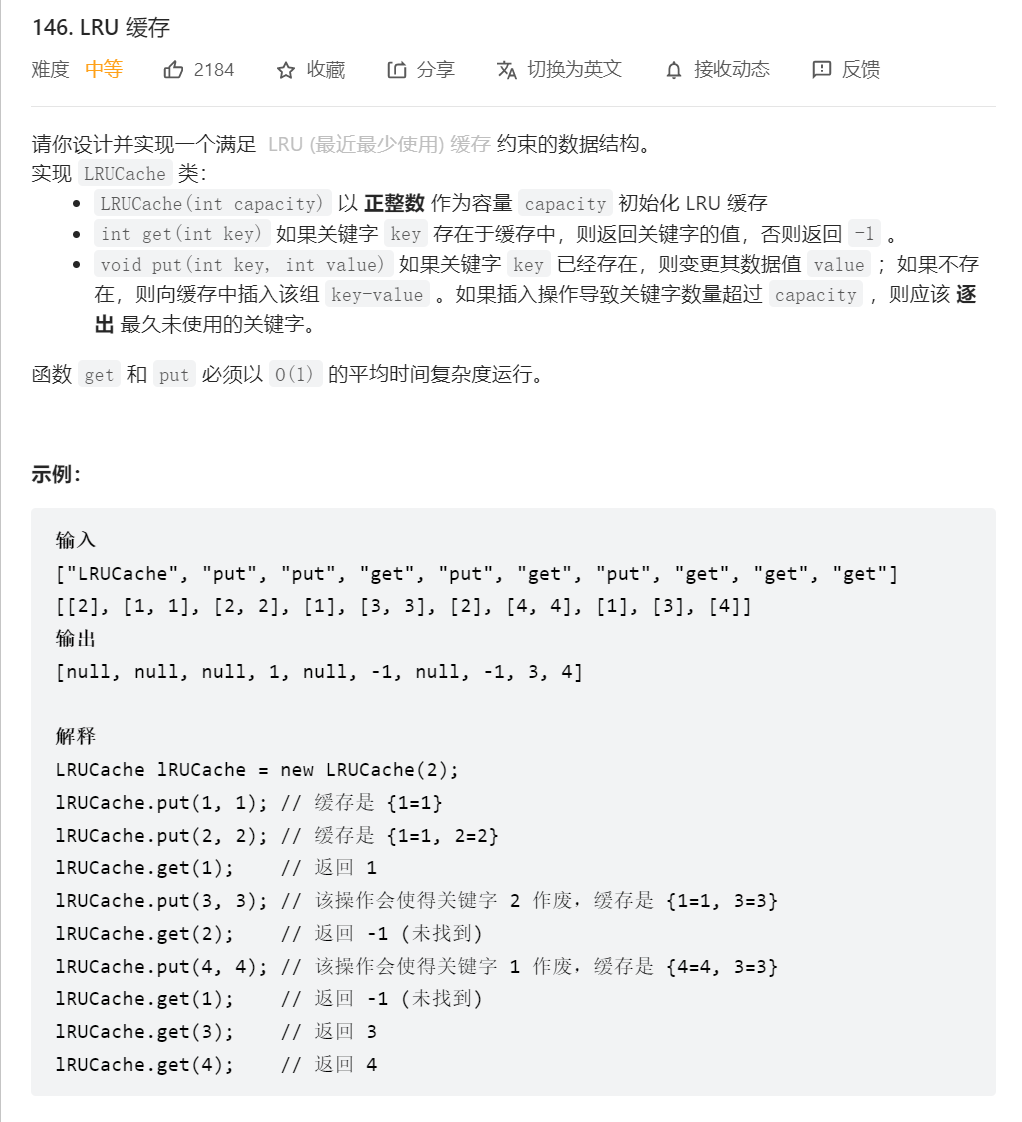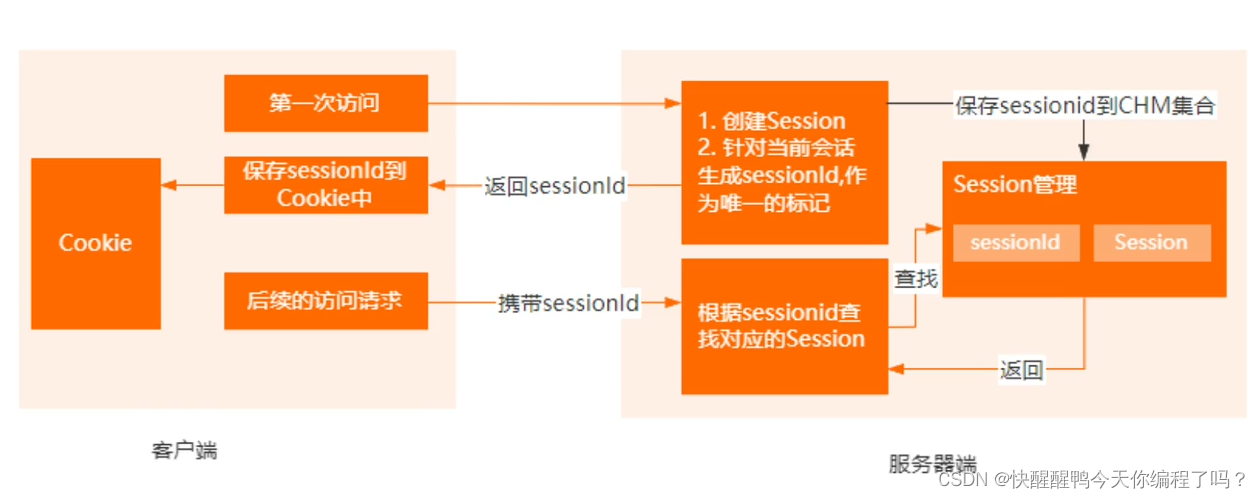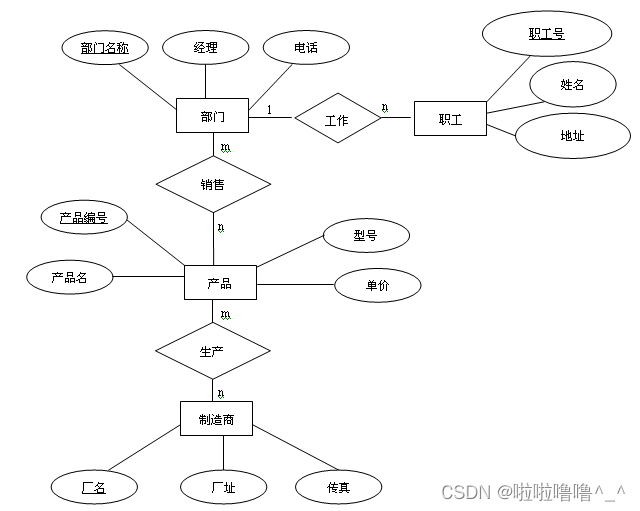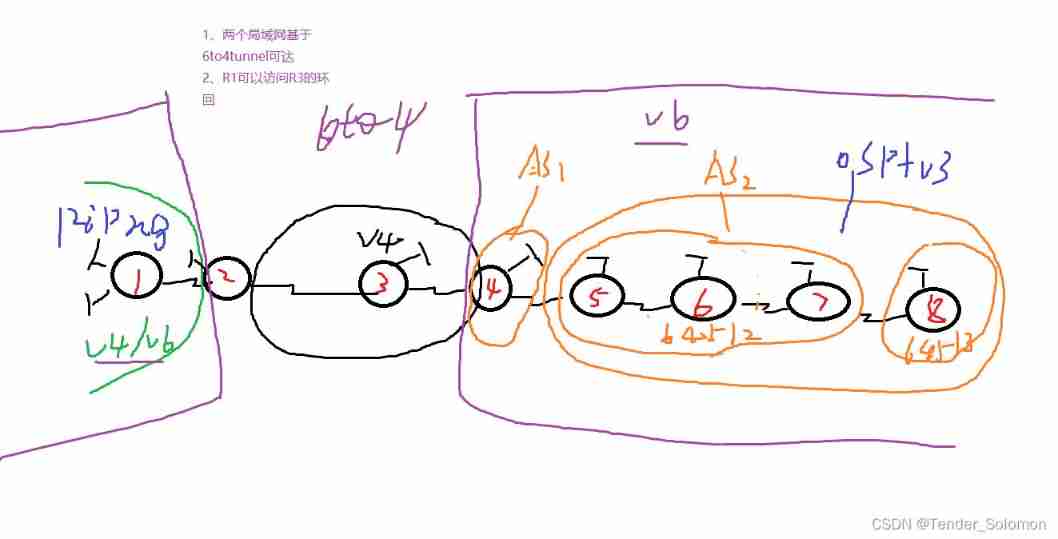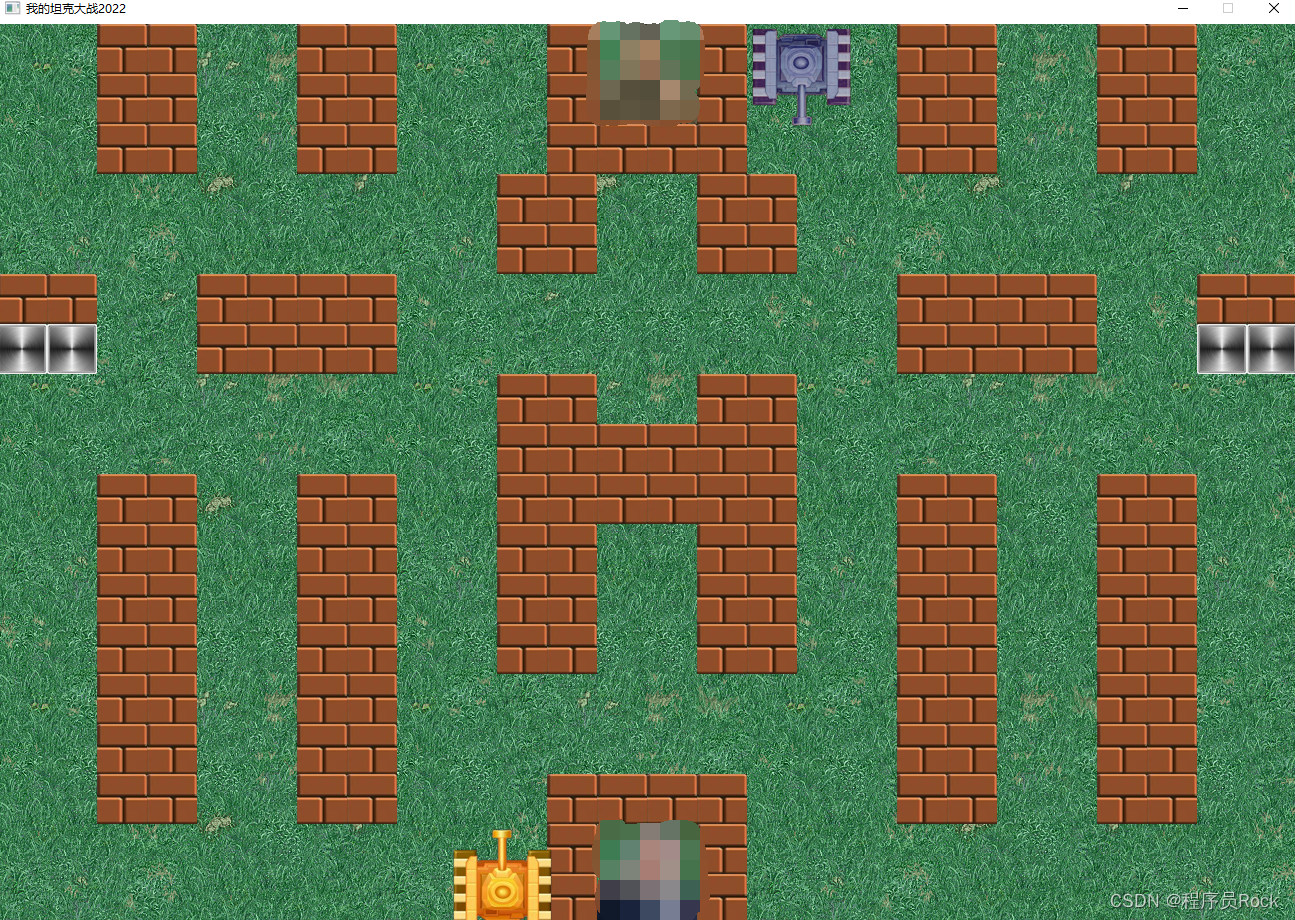当前位置:网站首页>Detailed explanation of redis' distributed lock principle
Detailed explanation of redis' distributed lock principle
2022-07-06 13:37:00 【Li bohuan】
Distributed lock requirements
In distributed systems , When multiple clients need to acquire locks , We need distributed locks . here , Locks are stored in a shared storage system , It can be shared and accessed by multiple clients .
Distributed locks can be used A variable to implement . The operation logic of locking and releasing locks by the client : When locking , First get the value of the lock variable , Then, according to whether the value of the lock variable is 0 Come on Judge whether locking is successful ; When releasing a lock, you need to set the value of the lock variable to 0, Indicates that the client no longer holds the lock . In a distributed scenario , The lock variable needs to be controlled by a Shared storage system to maintain , That's the only way , Multiple clients can access the lock variable by accessing the shared storage system . Corresponding , The operation of locking and releasing the lock becomes Read 、 Judge and set the lock variable value in the shared storage system .
It can be seen from the above process , Distributed locks have the following two requirements :
- The process of locking and releasing distributed locks , Multiple operations involved . therefore , When implementing distributed locks , We need to ensure these Atomicity of lock operation ;
- The shared storage system holds the lock variable , If the shared storage system fails or goes down , Then the client cannot perform lock operation . When implementing distributed locks , We need to consider the guarantee Reliability of shared storage system , So as to ensure the reliability of the lock
As a shared storage system in the implementation of distributed lock ,Redis You can use key value pairs to hold lock variables , Then receive and process the operation requests for locking and releasing locks sent by different clients . We use it lock_key As key , To set the value of the lock variable .
First, let's look at the locking operation , There are three actions : Read lock variables , Judge the lock variable and modify the value of the lock variable to 1. These three operations need to ensure atomicity . How can we guarantee atomicity ?
Redis Atomic operation provided
In order to achieve the critical area of concurrency control requirements, code mutually exclusive execution ,Redis There are two methods of atomic operation :
- Put multiple operations in Redis Implemented as an operation , That is, single command operation ;
- Write multiple operations to one Lua Script , Perform a single... In an atomic manner Lua Script .
Redis It's using One way to process the request operation command of the client in series , therefore , When Redis When executing a command operation , Other commands cannot be executed , This is equivalent to the command operation is Mutually exclusive . Of course ,Redis Snapshot generation for 、AOF Override these operations , You can use background threads or child processes to execute , That is, it is executed in parallel with the operation of the main thread . however , These operations just read data , Data will not be modified , therefore , We don't need to do concurrency control on them .
You can see redis A single command operation can be performed atomically , But in practice , Data modification may require multiple operations , In this case redis Provides INCR/DECR command , It turns these three operations into an atomic operation .INCR/DECR Command can add value to the data / Impairment operations , And they are themselves a single command operation ,Redis When they are executed , It is mutually exclusive in itself .
however , If the operation we want to perform is not to simply increase or decrease the data , But there are more complex judgment logic or other operations , that ,Redis The single command operation of cannot guarantee the mutually exclusive execution of multiple operations . therefore , This is the time , We need to use the second method , That is to say Lua Script . Redis Will The entire script is executed as a whole , The middle will not be inserted by other requests , Therefore, there is no need to worry about race conditions during script running . We can use Redis Of EVAL Command to execute the script . Suppose we write a script named lua.script, We can use Redis client , close eval Options , To execute the script . The parameters required by the script will be through... In the following command keys and args To pass .
redis-cli --eval lua.script keys , argsRedis Implement distributed locks
We can use SETNX A single command sets the value of a key value pair . say concretely , It is this command that will judge whether the key value pair exists when executing , If it doesn't exist , Set the value of the key value pair , If there is , Just don't make any settings . Use redisTemplate operation SetNx Will return a Boolean value , Judge whether the lock is obtained according to the Boolean value . For the release lock operation , We can execute the business logic , Use DEL Command to delete lock variables .SETNX It includes the process of obtaining the value of the lock variable and judging .
// Lock
SETNX lock_key 1
// Business logic
DO THINGS
// Release the lock
DEL lock_keyBut the use of SETNX and DEL The following problems will occur when implementing distributed locks by command combination :
- A client executed SETNX However, an exception occurred when processing business logic , unexecuted DEL operation , As a result, other clients cannot acquire locks .
- A client A Yes SETNX, And the other client B When it processes business logic DEL command , And then the client C It's done again SETNX Acquire the lock , And A Operate and share data together , Cause error .
For the first question , An effective solution is , to The lock variable sets an expiration time . For the second question , We need to be able to Distinguish lock operations from different clients . The specific operation is , During locking operation , Each client can give Lock variables Set up a The only value , The unique value here can be used to identify the client of the current operation . When releasing the lock , The client needs to judge , Whether the value of the current lock variable is equal to its own unique identifier , Only in equal cases , To release the lock . thus , There will be no problem of releasing the lock by mistake . The specific implementation is as follows :
// Lock , unique_value As the unique identification of the client
SET lock_key unique_value NX PX 10000among ,unique_value Is the unique identity of the client , It can be represented by a randomly generated string ,PX 10000 (ms amount to EX 10 s) said lock_key Will be in 10s After expired , So that the client can not release the lock due to an exception during this period . Because in the locking operation , Each client uses a unique identifier , So when releasing the lock , We need to determine the value of the lock variable , Is equal to the unique identification of the client performing the lock release operation . This is where it comes in Lua The script , because , The logic of locking operation also includes Read lock variables 、 Judgment value 、 Delete lock variable Multiple operations of .
Reliability assurance of distributed locks
for fear of Redis The lock cannot work due to instance failure ,Redis The developer of the Antirez A distributed lock algorithm is proposed Redlock.Redlock The basic idea of the algorithm , Is to let the client and multiple independent Redis Instances request locking in turn , If the client can communicate with More than half of the instances successfully completed the locking operation , So we say , The client successfully obtained the distributed lock , Otherwise, locking fails . thus , Even if there is a single Redis Instance failed , Because lock variables are also saved on other instances , therefore , The client can still lock normally , Lock variables are not lost .Redlock The algorithm can be divided into three steps :
- The client gets the current time
- The clients are sent to... In order N individual Redis The instance performs a locking operation , Different from the above locking operation, a timeout will be set for the locking operation , If the lock operation times out, it will be connected with the next redis Instance to lock
- Once the client is finished and all Redis Lock the instance , The client needs to calculate the total time of the whole locking process .
The client only if the following two conditions are met , Can be regarded as locking success .
- Conditions for a : Clients from more than half ( Greater than or equal to N/2+1) Of Redis Successfully obtained the lock on the instance ;
- Condition 2 : The total time taken by the client to acquire the lock does not exceed the effective time of the lock .
After these two conditions are met , We need to recalculate the effective time of this lock , The result of the calculation is the initial effective time of the lock minus the total time taken by the client to obtain the lock . If the effective time of the lock is too late to complete the operation of sharing data , We can release the lock , In order to avoid incomplete data operation , The lock expires . The operation of releasing the lock is the same as that of releasing the lock on the singleton .
Reference resources : Geek time - Easy to learn , Efficient learning - Geek state (geekbang.org)
边栏推荐
- Arduino+ water level sensor +led display + buzzer alarm
- Quickly generate illustrations
- 仿牛客技术博客项目常见问题及解答(二)
- 为什么要使用Redis
- 4. Binary search
- 2.C语言初阶练习题(2)
- Network layer 7 protocol
- Arduino+ds18b20 temperature sensor (buzzer alarm) +lcd1602 display (IIC drive)
- View UI plus releases version 1.1.0, supports SSR, supports nuxt, and adds TS declaration files
- Mortal immortal cultivation pointer-2
猜你喜欢
随机推荐
1.C语言初阶练习题(1)
[中国近代史] 第五章测验
[au cours de l'entrevue] - Comment expliquer le mécanisme de transmission fiable de TCP
仿牛客技术博客项目常见问题及解答(一)
【九阳神功】2020复旦大学应用统计真题+解析
【九阳神功】2016复旦大学应用统计真题+解析
2.C语言矩阵乘法
Wei Pai: the product is applauded, but why is the sales volume still frustrated
1. C language matrix addition and subtraction method
[modern Chinese history] Chapter V test
MySQL Database Constraints
There is always one of the eight computer operations that you can't learn programming
String abc = new String(“abc“),到底创建了几个对象
View UI plus releases version 1.1.0, supports SSR, supports nuxt, and adds TS declaration files
Atomic and nonatomic
Application architecture of large live broadcast platform
Redis cache obsolescence strategy
[the Nine Yang Manual] 2022 Fudan University Applied Statistics real problem + analysis
[the Nine Yang Manual] 2017 Fudan University Applied Statistics real problem + analysis
View UI Plus 发布 1.1.0 版本,支持 SSR、支持 Nuxt、增加 TS 声明文件




